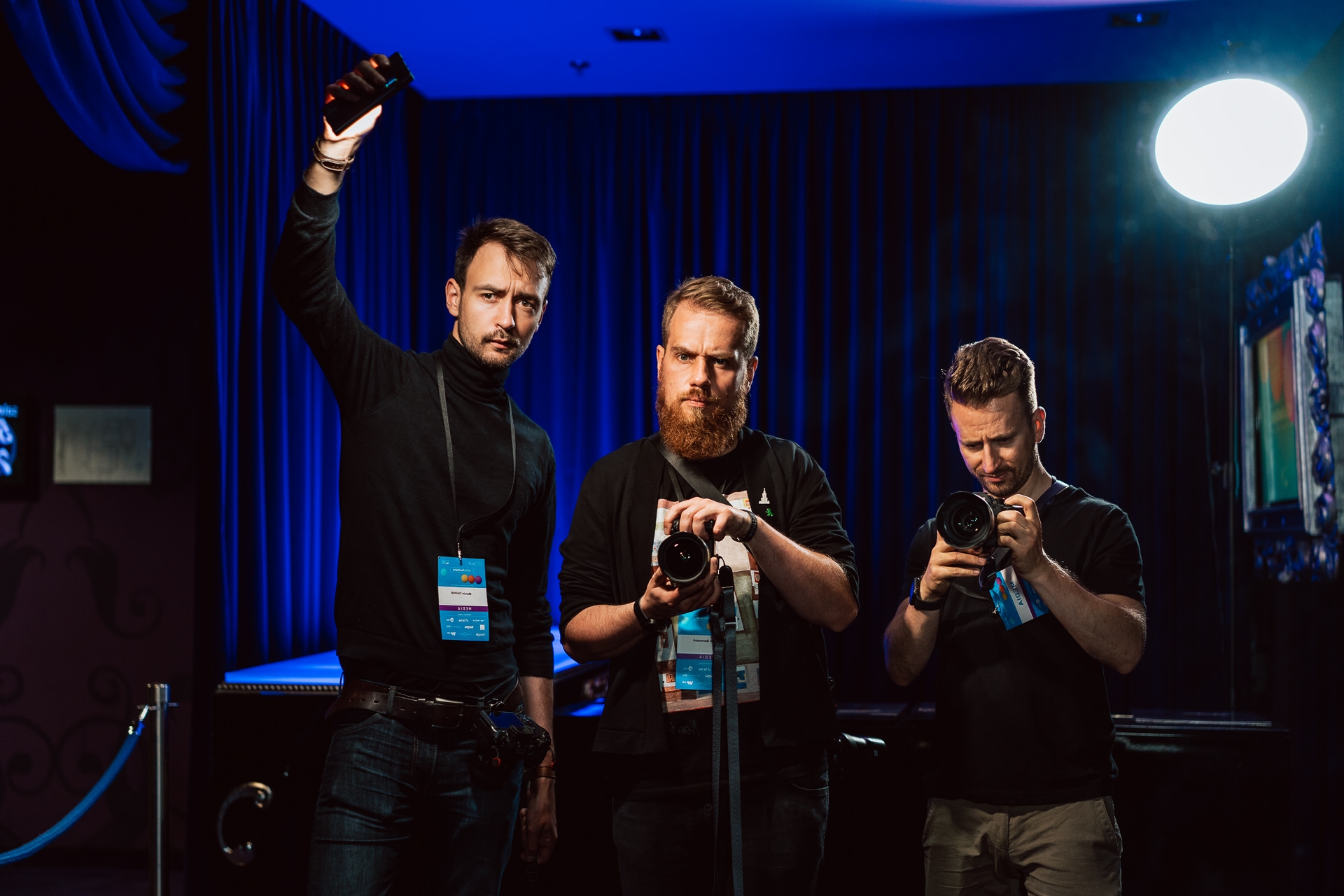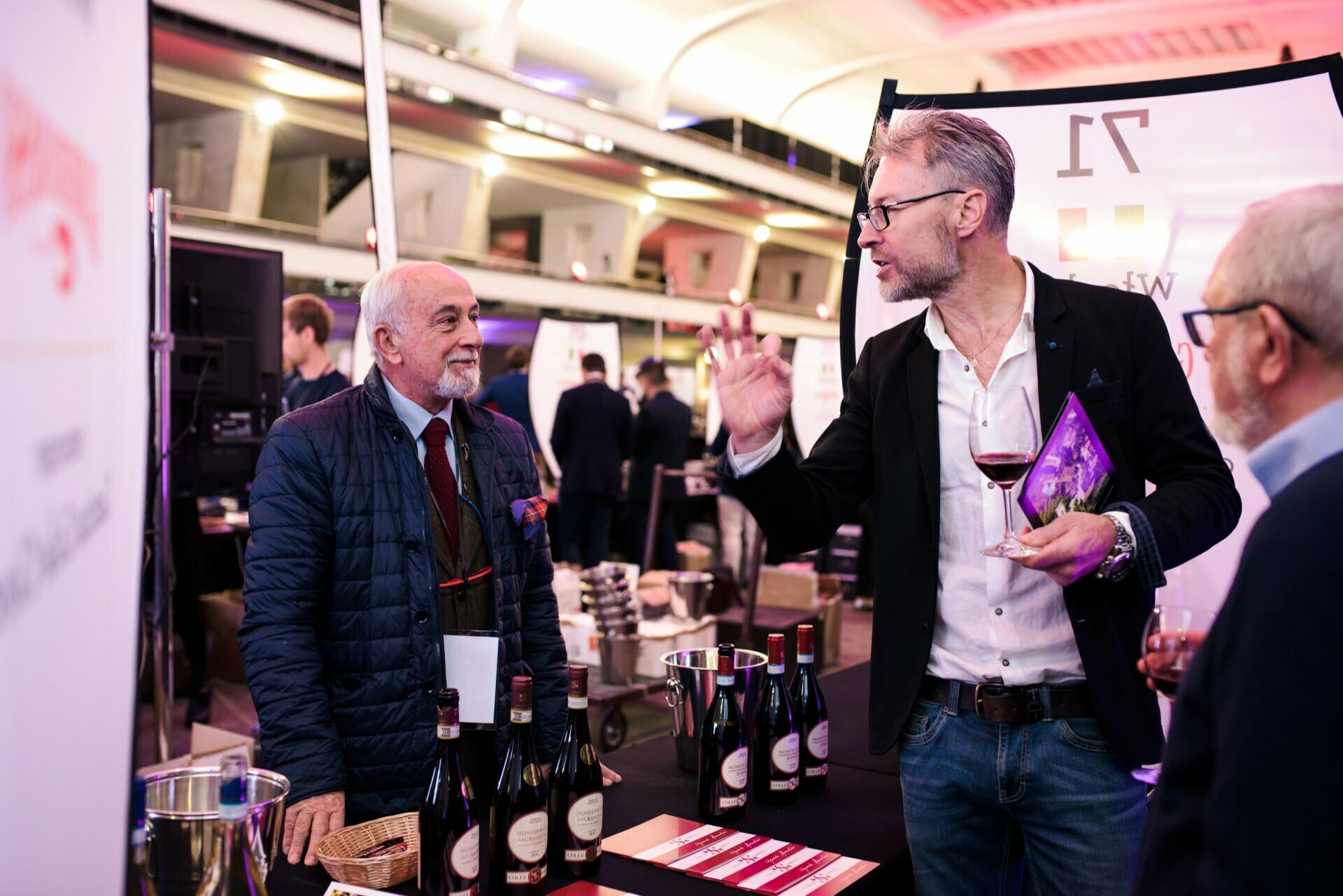How to photograph a business conference well?
When photographing events, I usually already have a list in my head of the shots I want to take. This way I don’t have to think about what I want to photograph, I just go into action. This way I make it easier not only for myself, but also for my clients. Unless there are some really specific requirements, all the shots they expect are already on my list. This is the core of any event photo coverage from a business conference in Warsaw, or cities like Lodz, Radom, Krakow, or Poznan. Many of them have a similar formula. Of course, I try to ask about all the “surprises” the day before to add them to my list and know their agenda.
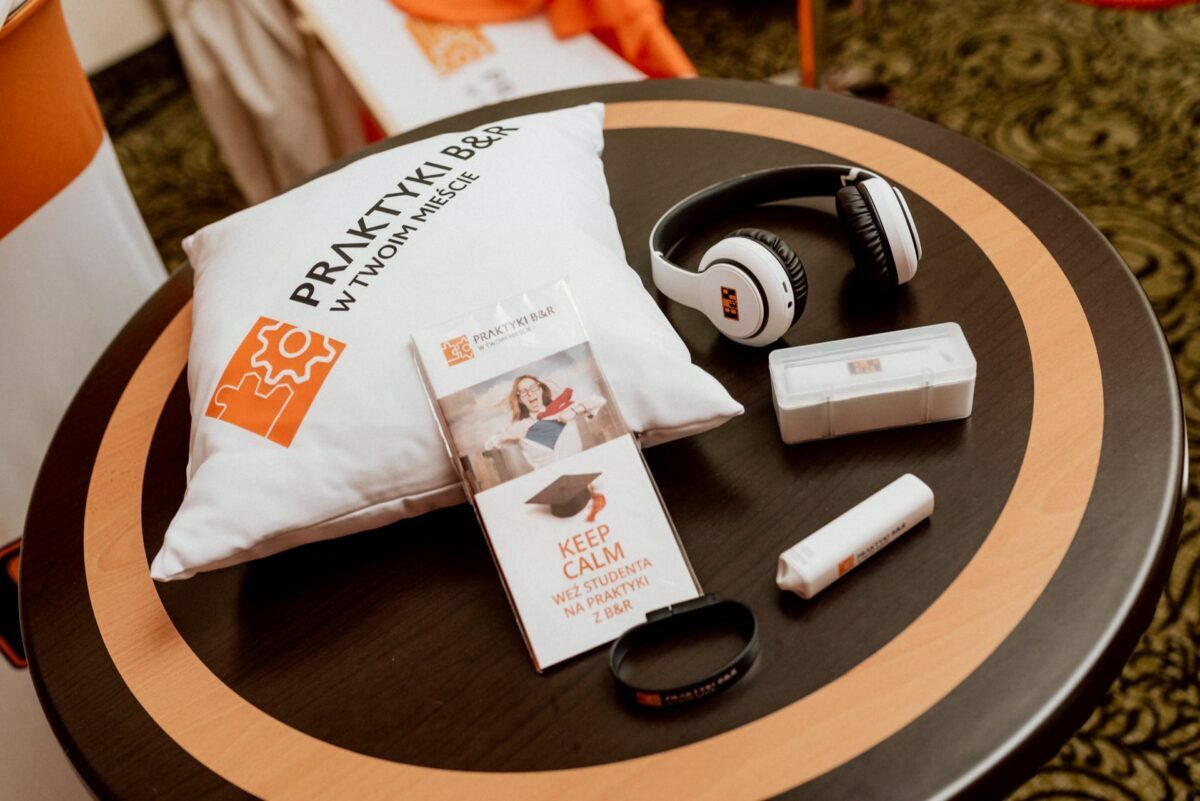
Event photo coverage of a trade show / industry expo is different from that of a business conference. Although these may be press conferences, industry, business or scientific, which differ in topics, their course usually looks similar. There is an introduction by the presenter, talks, coffee breaks and lunch, and a question-and-answer session.
Reconnaissance
I start my work even before registering the first guests or welcoming the presenter, which I will say more about in a moment. During the business conference itself, I always try to work in such a way as not to disrupt the conference. I don’t want to distract the presenter or draw the attention of the guests. Therefore, I try to work discreetly and slowly, without sudden movements.
Strategy
The most important thing is for the photographer not to draw all the attention to himself. I take the first photos from deep in the room to catch all the guests and the stage where the presenter is. I photograph the person on stage in horizontal and vertical frames, with and without branding, and some portraits. If there are any interesting slides to be shown I also try to capture the moment and gestures during their presentation. At all times I move slowly into the room, but rather try to do it around the edges of the room and catch different perspectives.
Being closer to the presenter I also have the opportunity to photograph the guests’ reactions and interaction with them. In some cases, when the stage is quite large I also try to get a photo from behind the presenter and his audience.
In this way, I can provide organizers with a variety of shots to use in different ways and different media. Horizontal frames work great for websites – especially, the one with free space on one side of the frame. Vertical shots and portraits are better suited for social media content and small cell phone screens. Sometimes when I take a photo, I already have in my mind how it could be used.
List of 10 business conference shots worth taking
I usually arrive about 30 minutes early for the shoot, so I have time to look around and get to know the location. Then I can choose a convenient and safe place where I can leave my equipment and get ready. So with my equipment ready, I begin the introduction to event photo coverage by making the rounds of the business conference venue. I usually rarely look in my bag afterwards because I almost always work with two cameras. On one I have a 35mm lens for wide shots, and on the expensive body I put on a 55 or 85mm for narrow frames, portraits and detail shots.
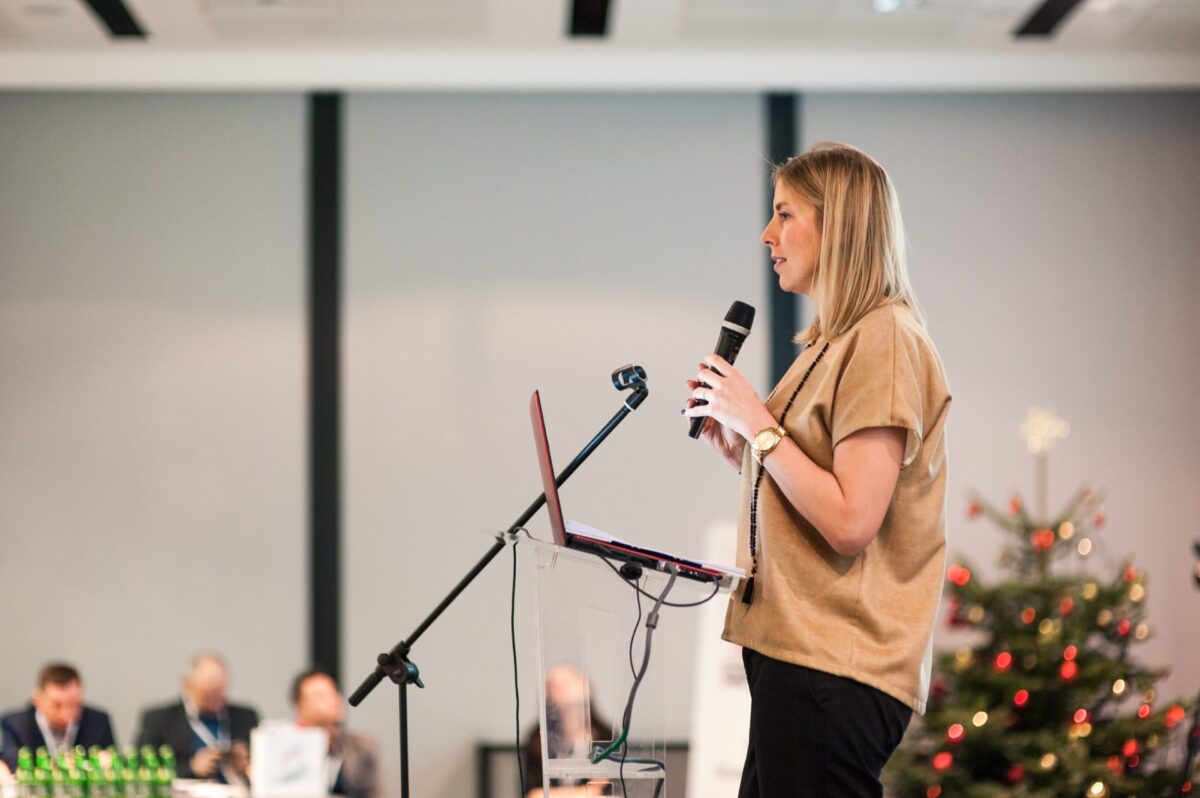
1st Place
While photographing in Warsaw, I learned that the venue for a business conference often matters a lot to the organizers. Not only because of the offer, technical capabilities, catering facilities, or location available to guests. The venue can highlight the prestige of an event. Although conference rooms often look similar, the entire building or specific details will be associated with it. That’s why I start shooting sometimes from the outside, moving to the interior of the facility for details.
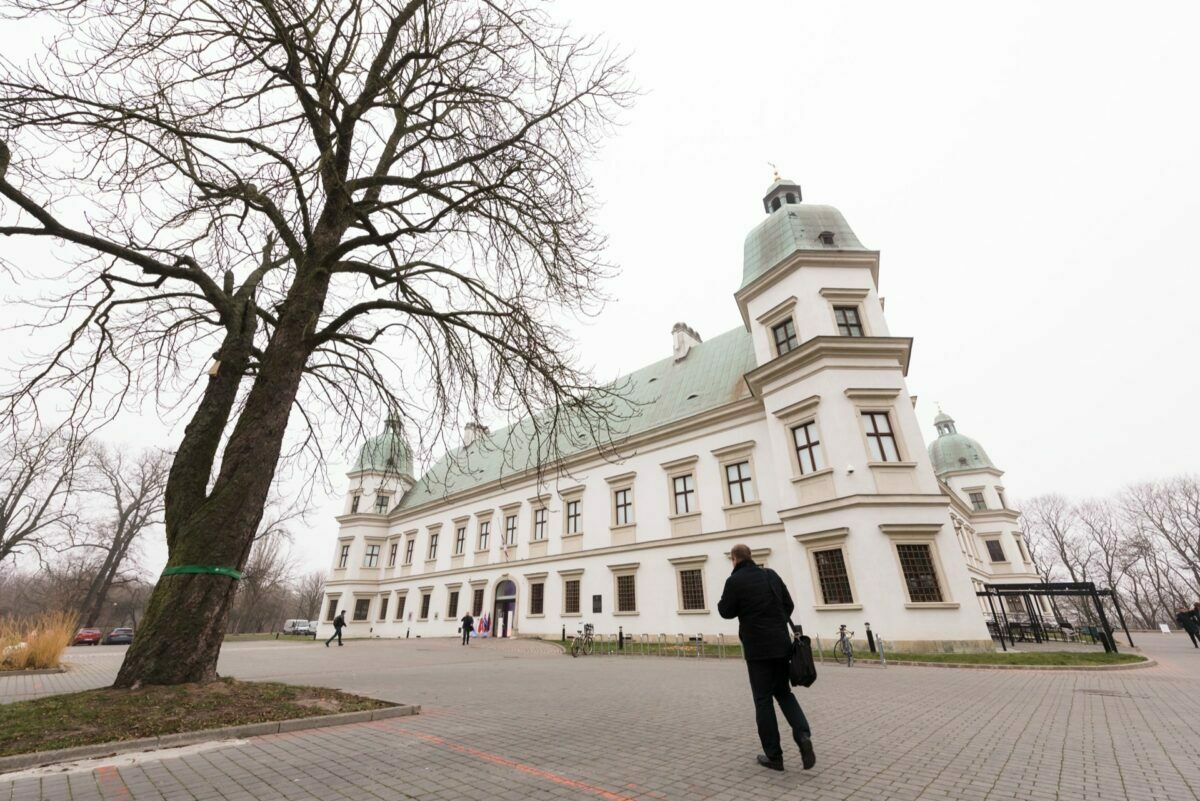
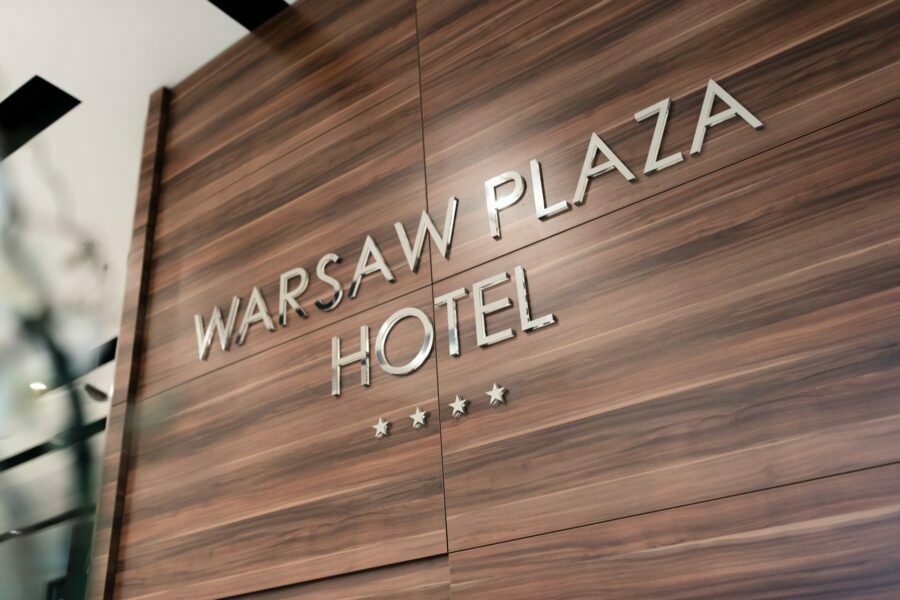
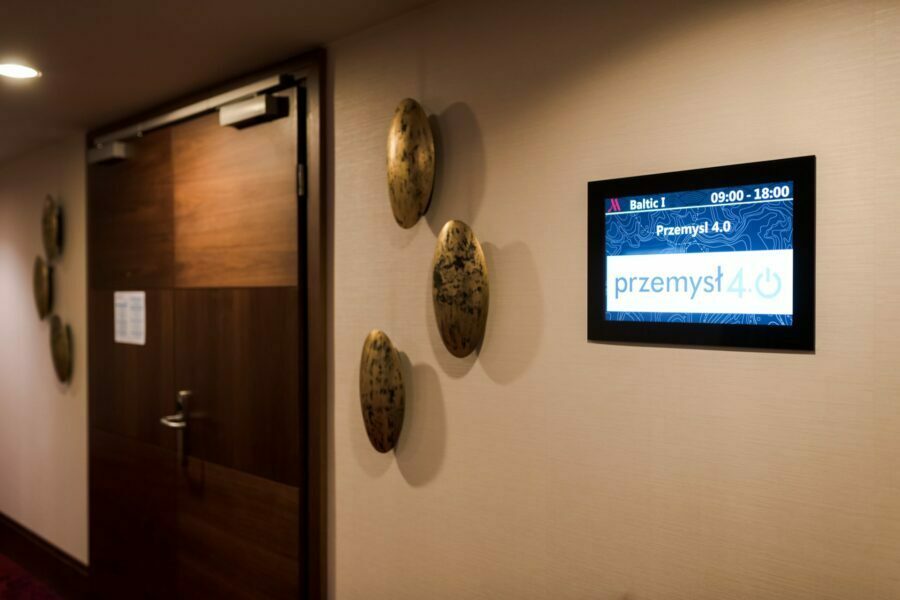
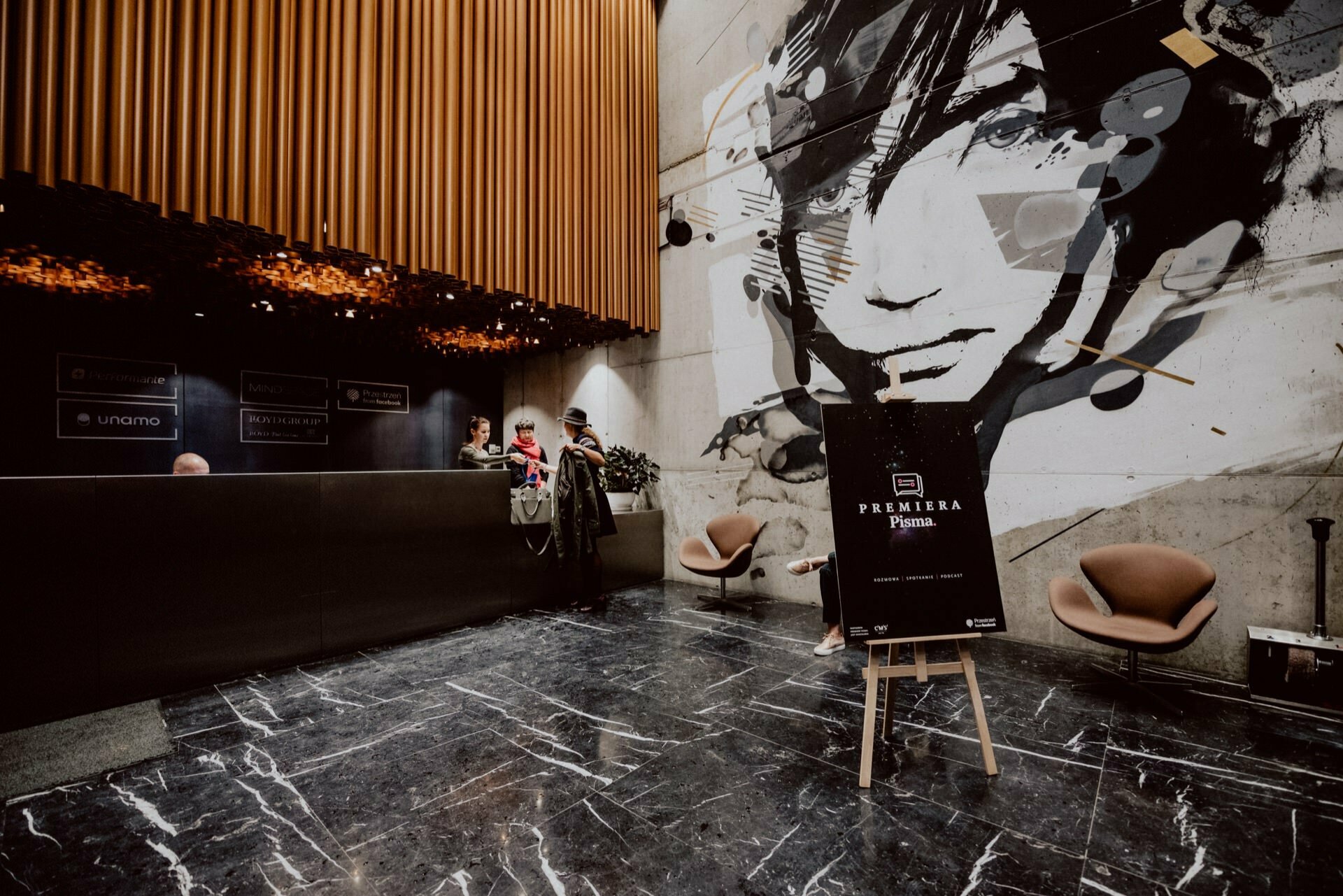
2. visitor registration
Efficient registration of guests is also an important part of a business conference. No one likes to stand in a long line for an ID badge because you can’t find their name on the list. Guest registration is also one of the first points of contact between guests and event organizers, which is part of the story of the event. Many clients ask me to be there early to capture the moment of guest registration.
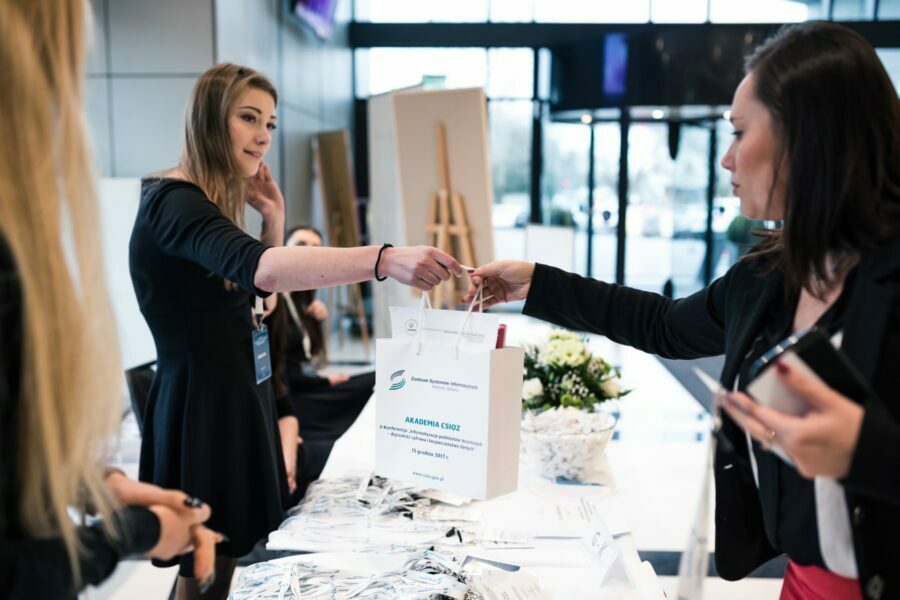
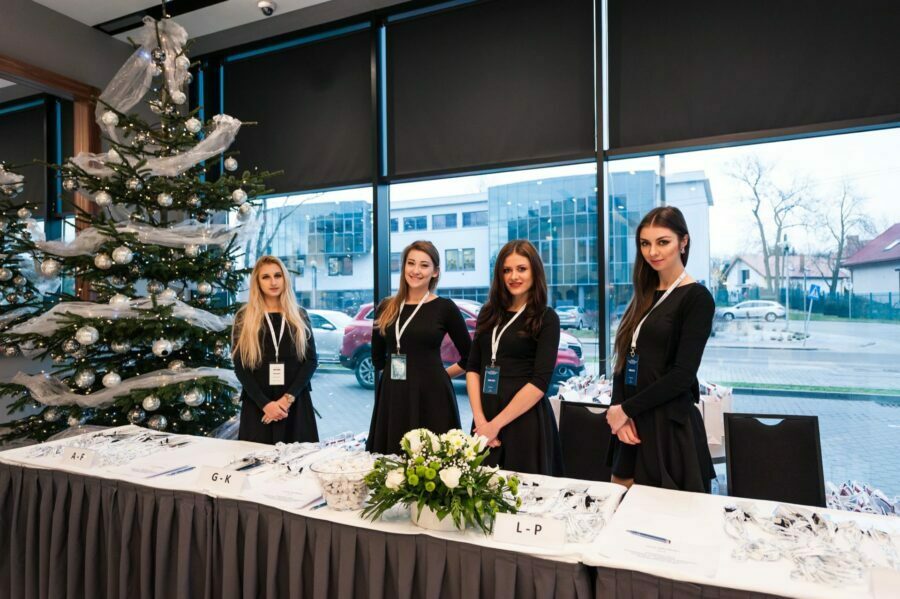
3.The presenter on the background of branding
Usually, at the very beginning of the event, in the background from the overhead projector or on the screen, the logo of the event appears, which I try to capture with the presenter. Then it’s immediately clear what the business conference is, who is leading it or speaking.
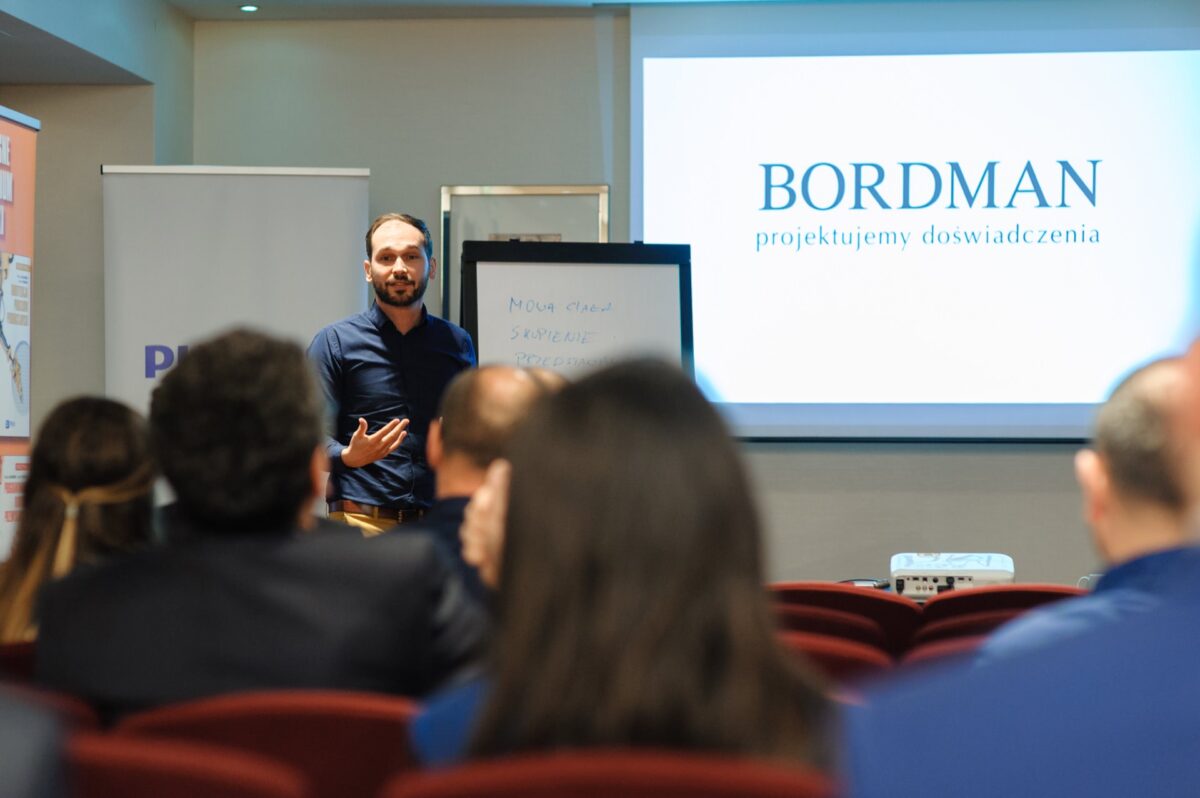
4. close-up on the presenter
Also important are the shots of the presenter himself. Such a portrait on stage. I always try to take a few photos, because people who perform talk a lot and have a lot of expression and emotion on their faces. It is useful to capture different emotions that can be used in different media and contexts.
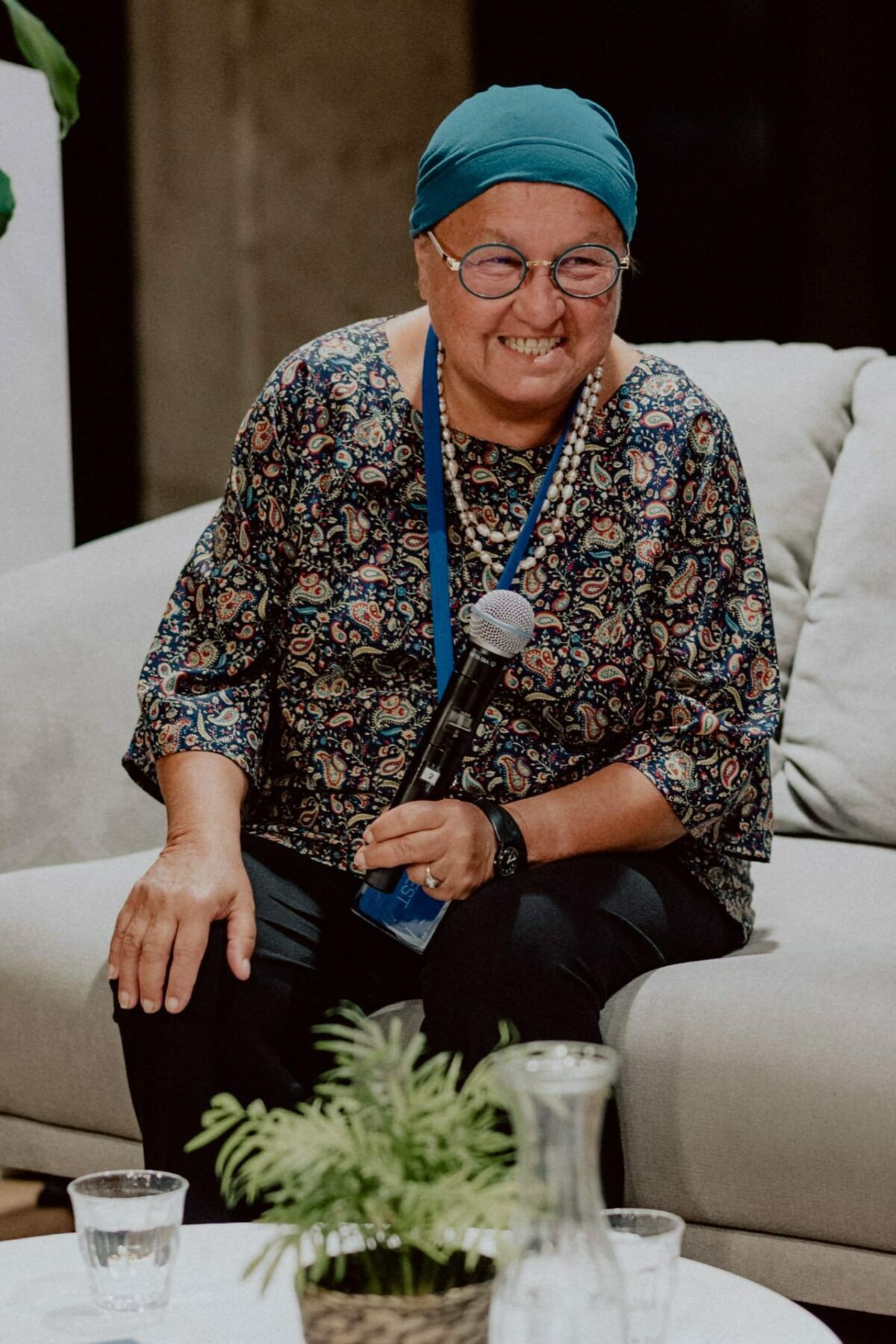
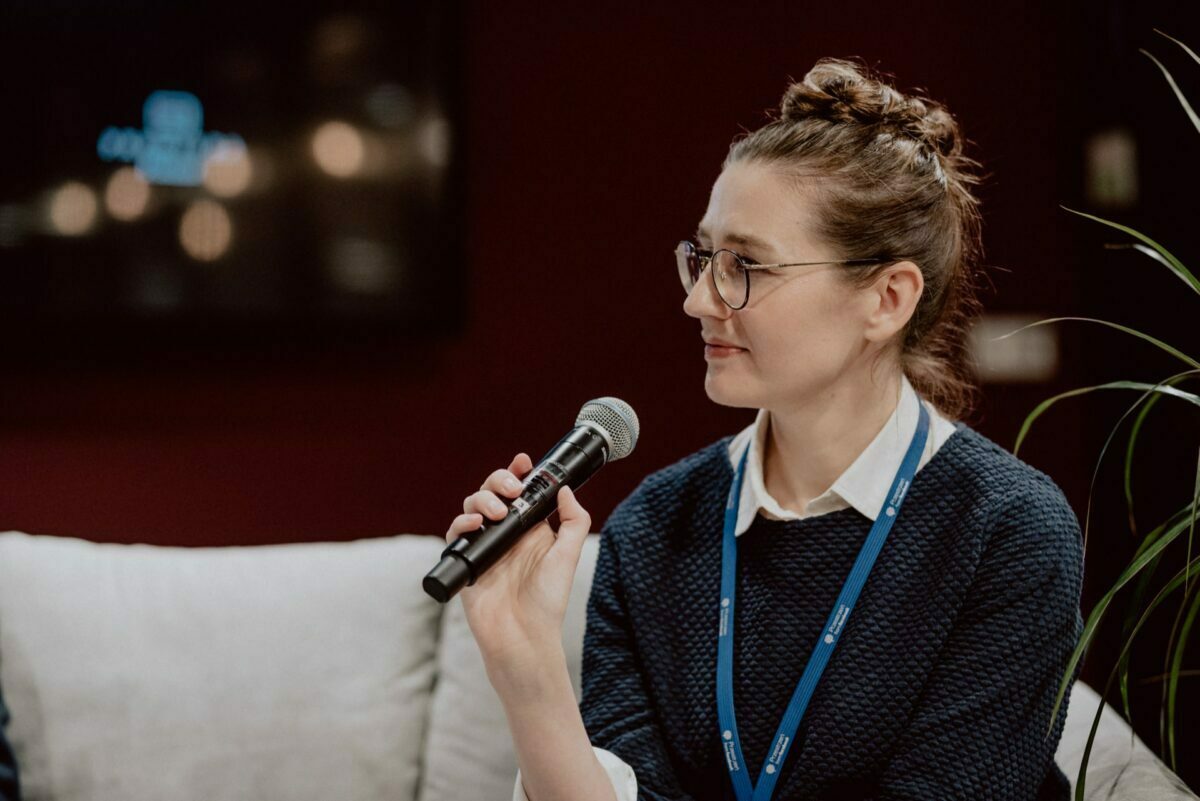
5. photo by the audience
A must-see photo that shows people listening to the speech. Then you can see to whom the words are directed, that there are people in the hall. At the same time, these are the best promotional images, because you can’t see the faces of the participants, and the presenter usually wants to promote his image.
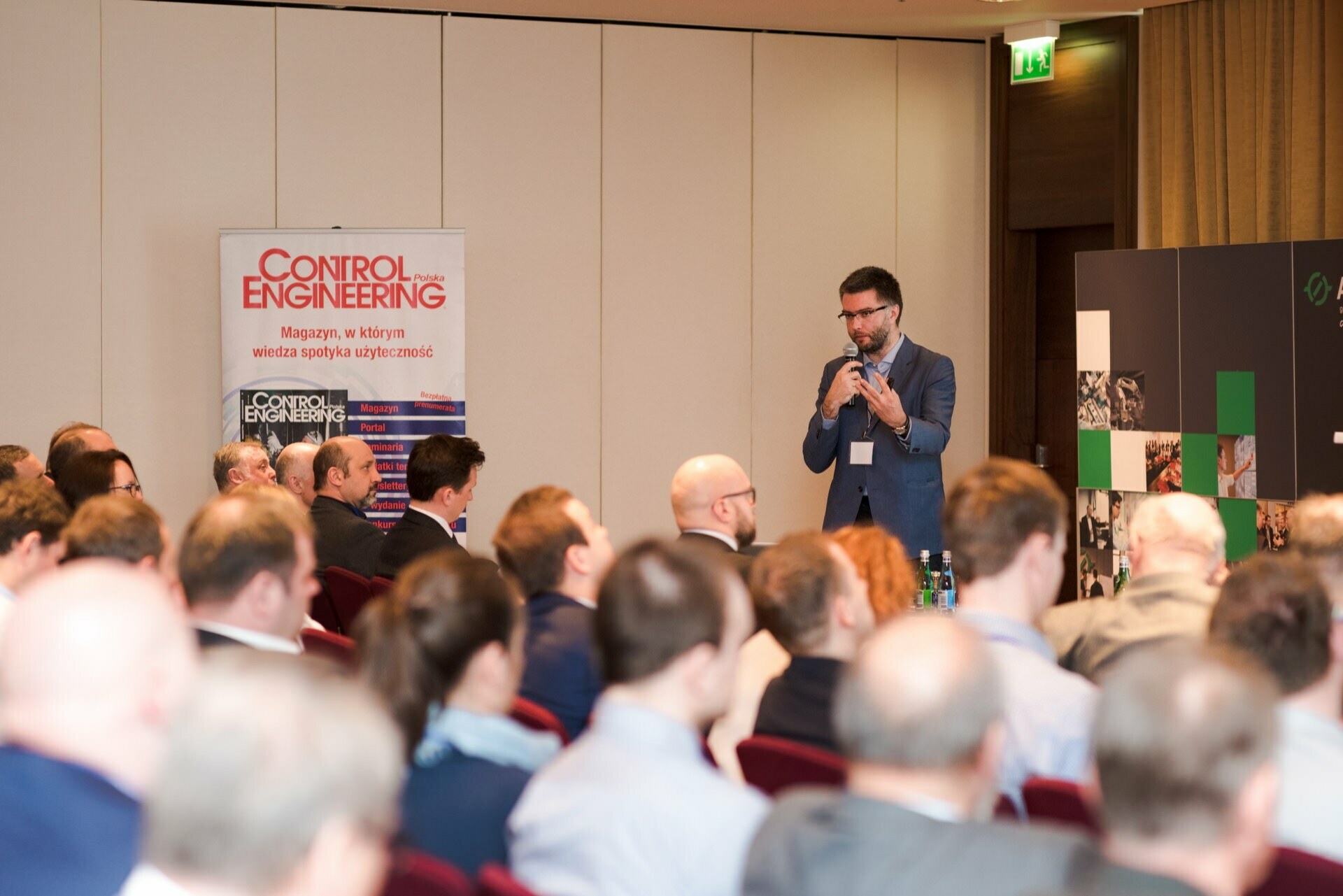
6. a wide shot of the full room
Like the photo of the presenter from behind the guests, but this time taken wider. It allows to show the full room and the number of guests who attended. In the case of a small turnout, I sometimes have to do a bit of magic and, despite the empty seats in the hall, find a frame that doesn’t show them. Pasting people in Photoshop is not an option. 😉
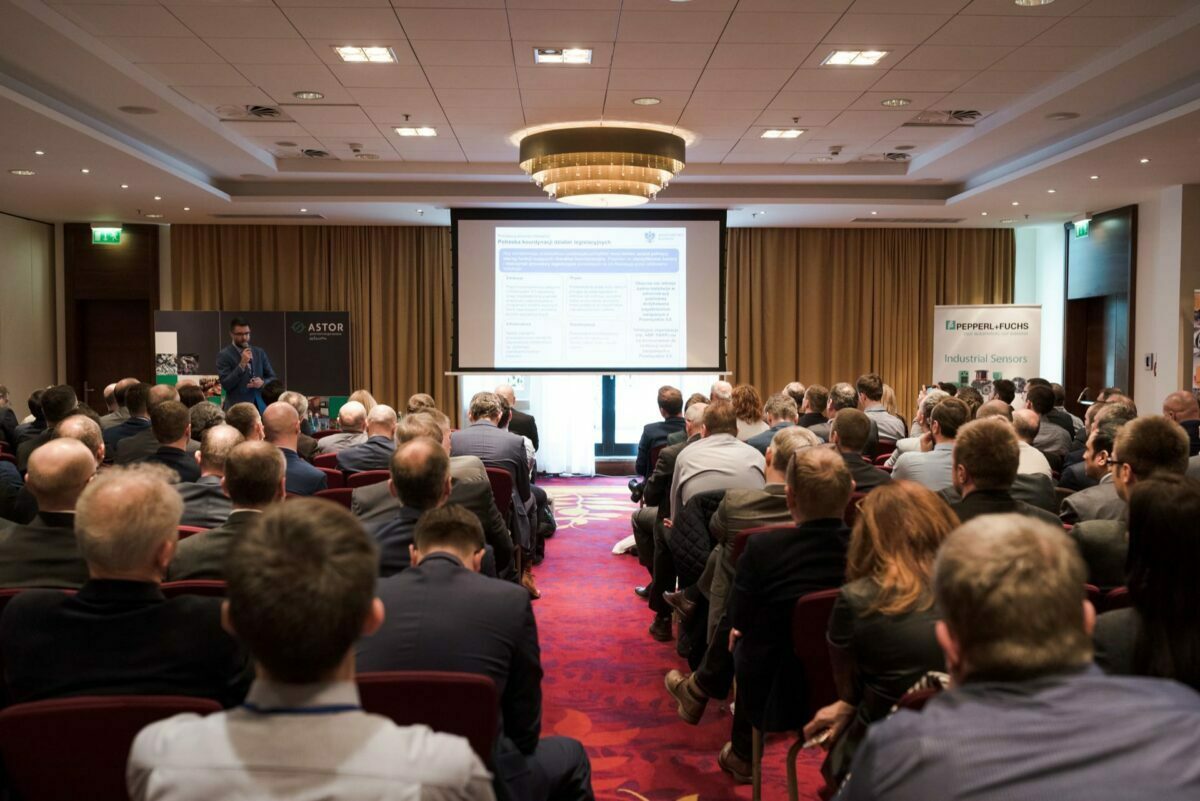
7. participant reactions
If the presenter has a very interesting and engaging speech, it’s a piece of cake. It’s worse when half of the audience is cutting off chatter or checking email on their phones. Nonetheless, my job is to capture smiles, joy and interest in the speech. You just have to find the right moment and people.
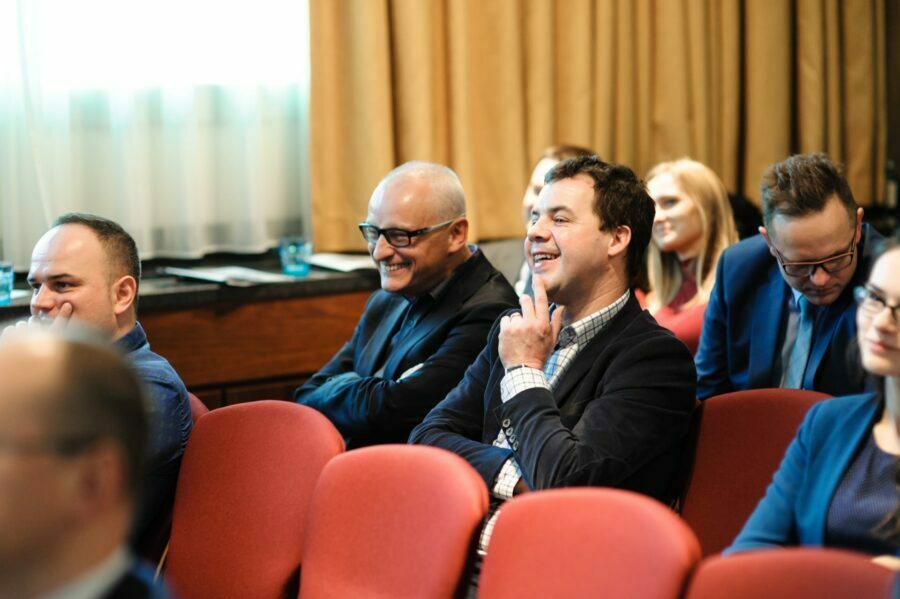
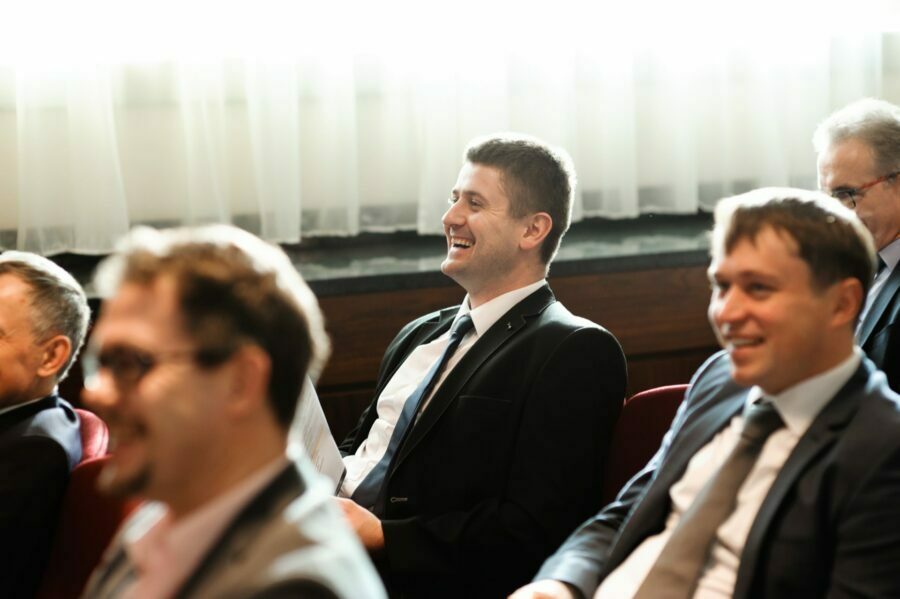
8. question session
Most business conferences end with a question-and-answer session, which allows guests to ask questions and engage the audience. Sometimes these are quite intense discussions, and sometimes they are short questions, so you have to be alert and follow the microphone, which is usually passed around by someone from the staff, or the presenter himself.
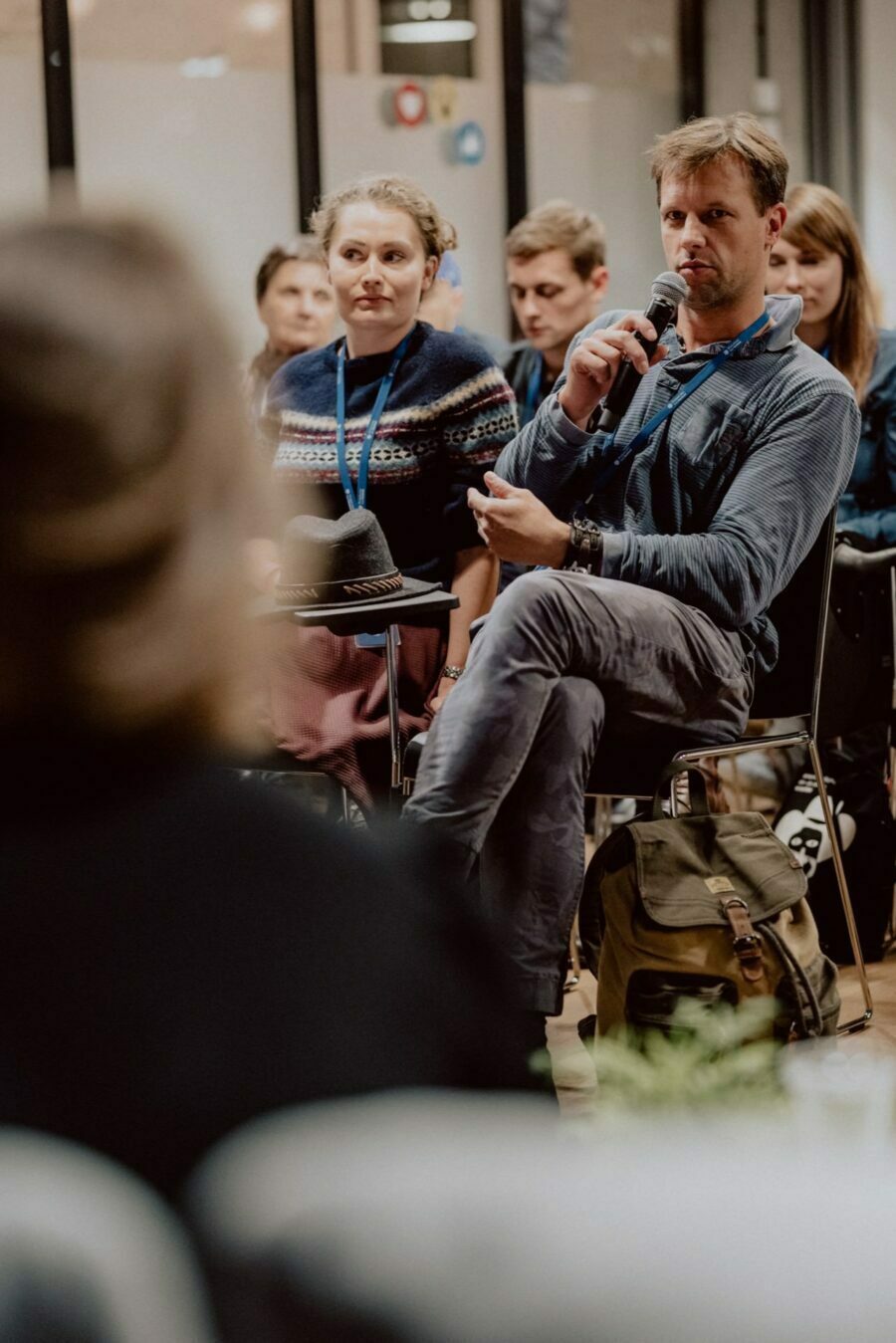
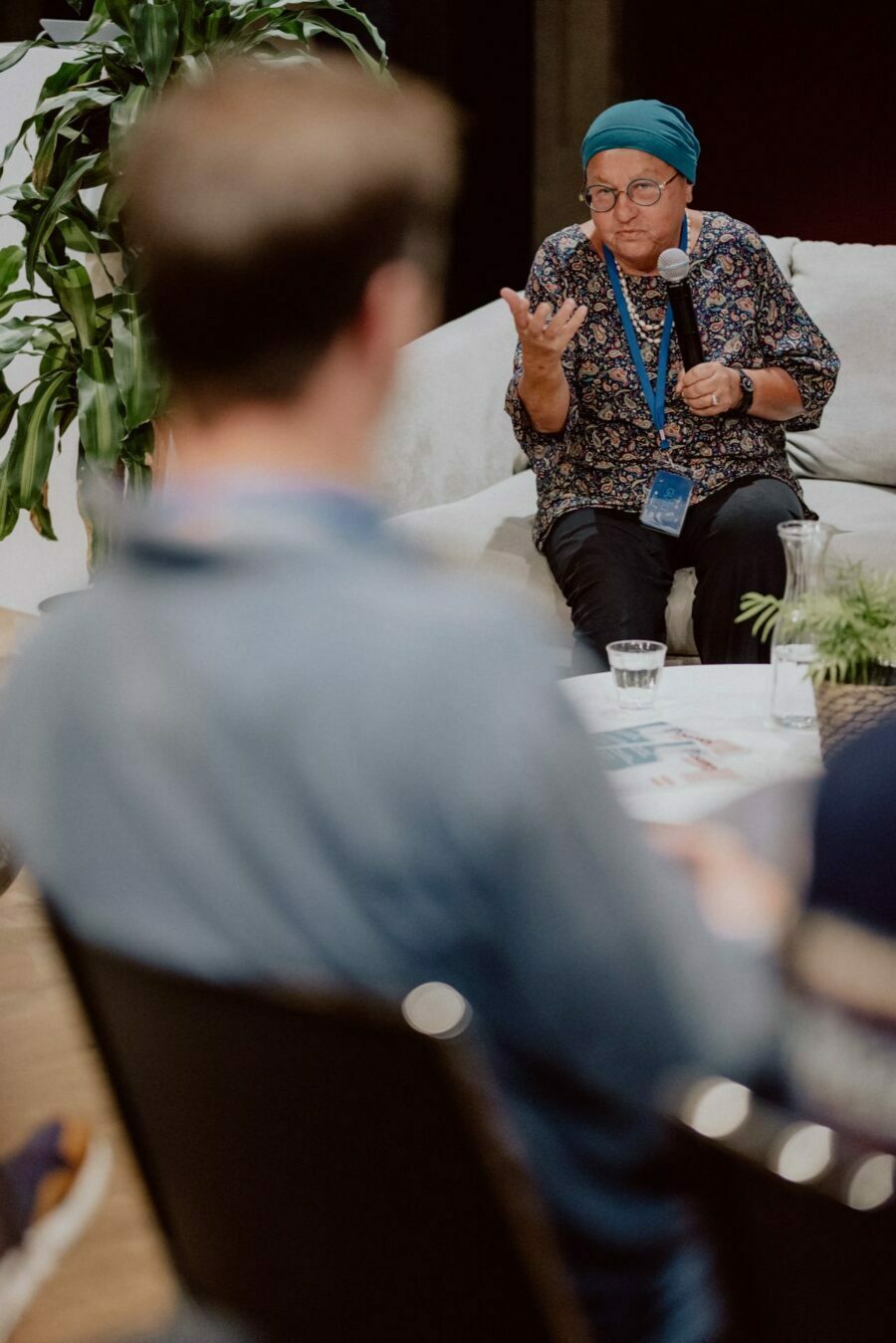
9. backstage talks
During longer and large business conferences there is also a lot of time in the breaks to engage in discussions not only with the speakers, but also with other guests. People talk and exchange business cards during this time, which is a great sign. This way you can show that you can make new friends and business contacts in addition to the knowledge from the conference.
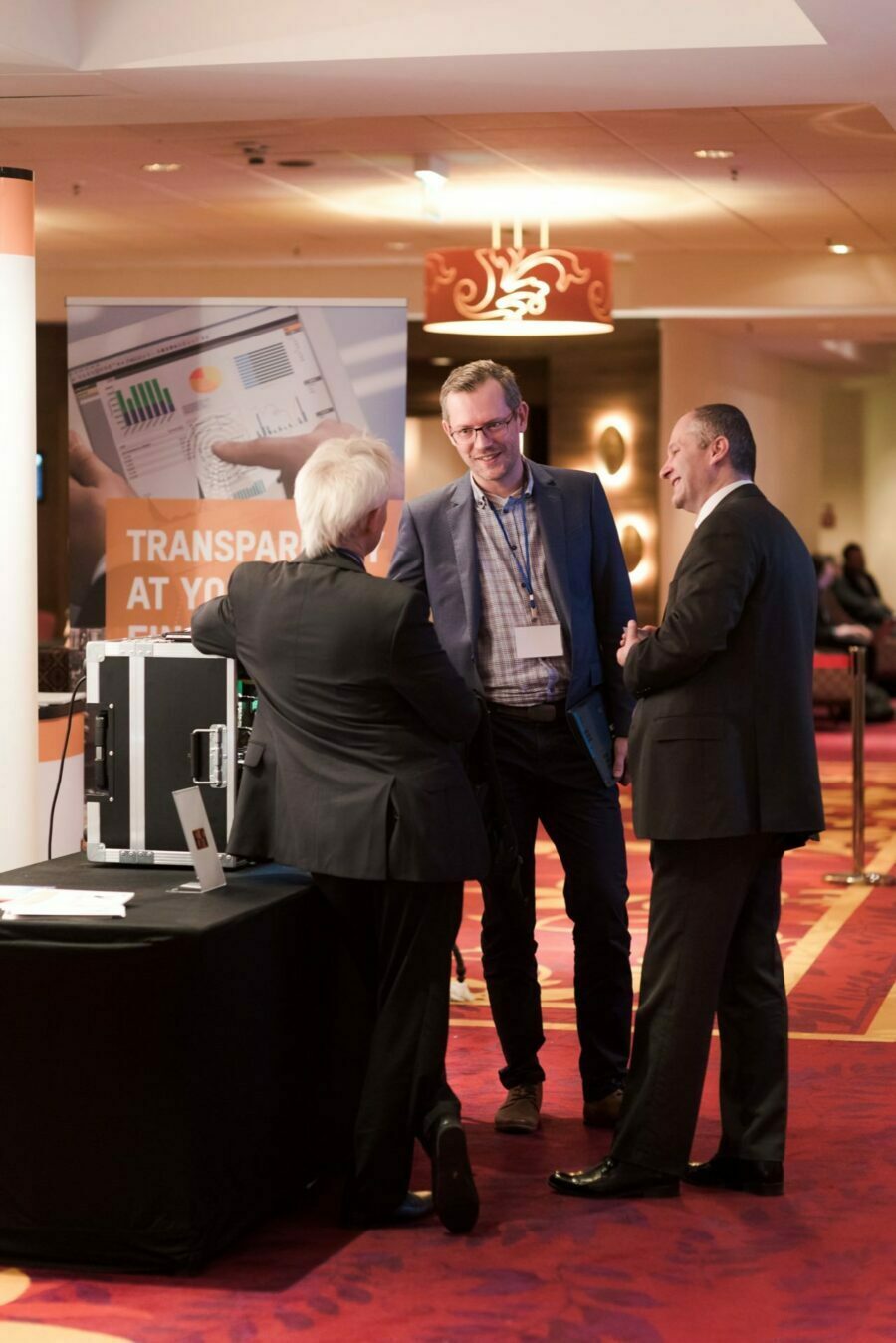
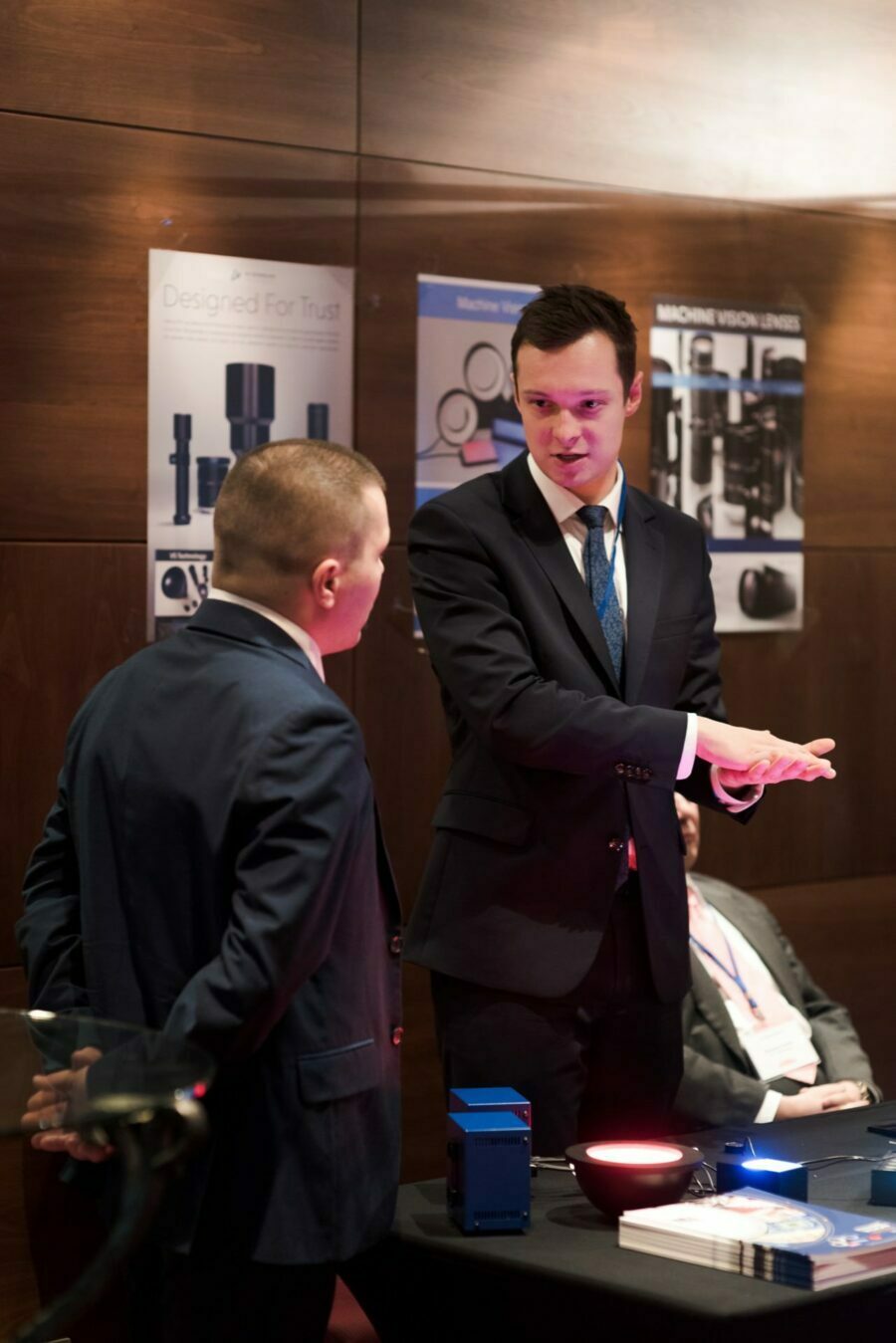
During business conferences, there are also booths where various products and services are presented during breaks. There’s a lot of activity at them, too, especially if there are any technical innovations such as VR glasses.
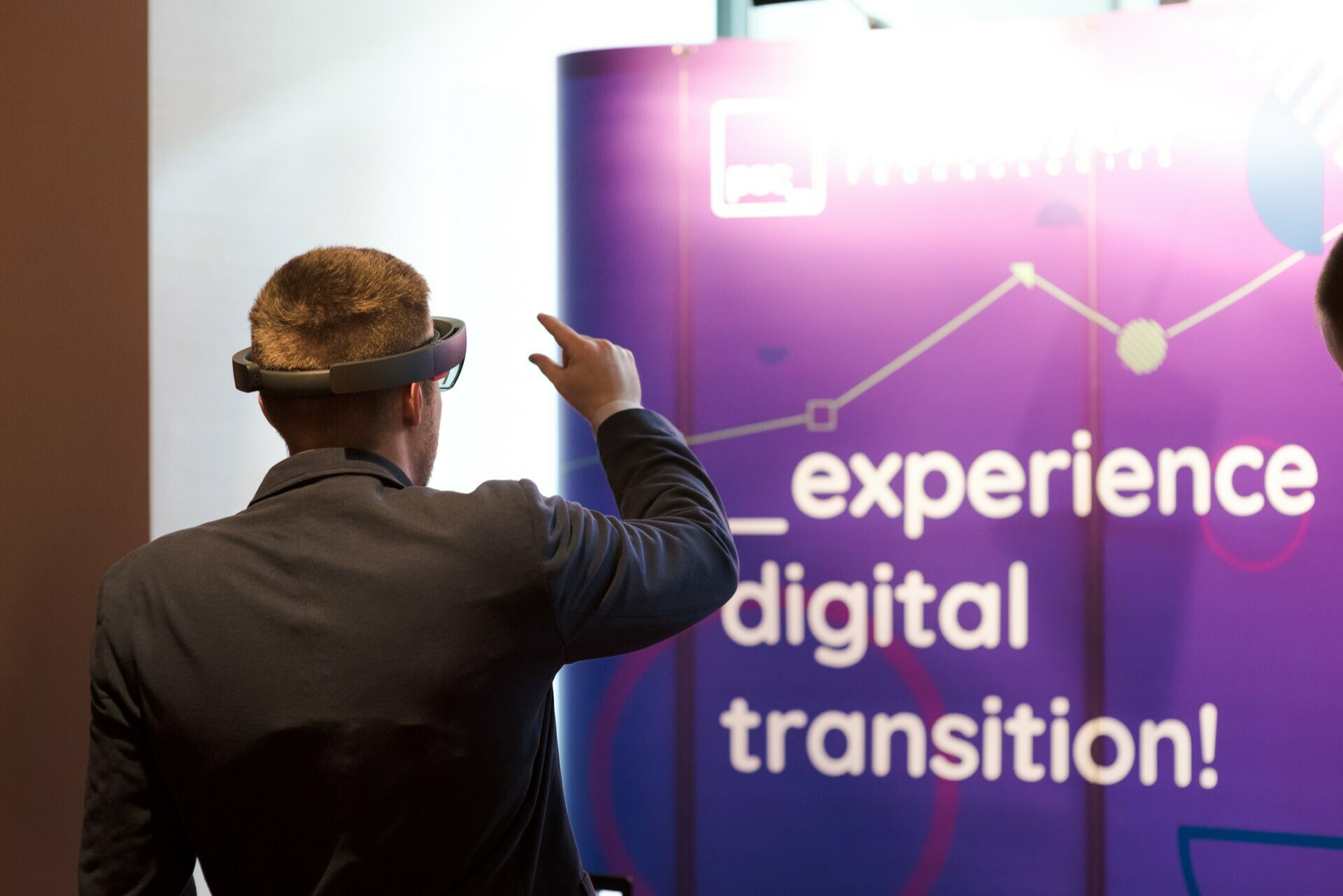
10. catering
I would love to have a snack during the breaks in the business conference, because the food can be very inviting. That’s why before there is a break and everyone goes to the tables, I take pictures of the unmoved catering if there is a possibility. After that it can be too late, and there are times when they are really photogenic dishes and snacks.
Sometimes something needs to be picked up and opened, so I either do the same, ask the staff, or wait for the first guests to start putting something on. It’s important to be at the beginning, because there is no mess on the tables yet, and the photos during the application of food are more dynamic.
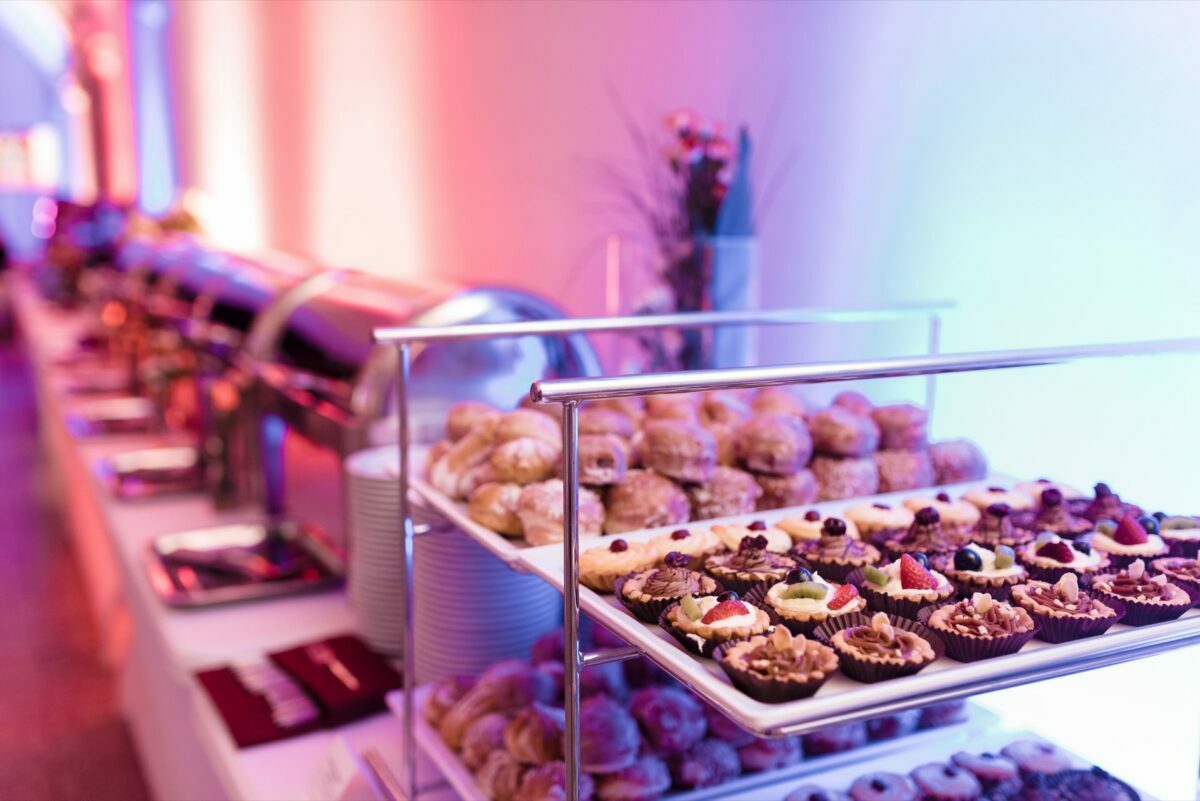
That would be my list of must have shots. You can use it if you are photographing conferences, or hiring a photographer for a business conference it is important that he keeps these frames in mind. At the same time, he had eyes around his head at all times, because after all, every event brings some surprises.
Photographer for a business conference
If you are looking for a photographer for a business conference and you like my style of work and photos, then take a look at my event photography portfolio. If you’d like to see even more photos, you’ll find many more examples from conferences of various types.

